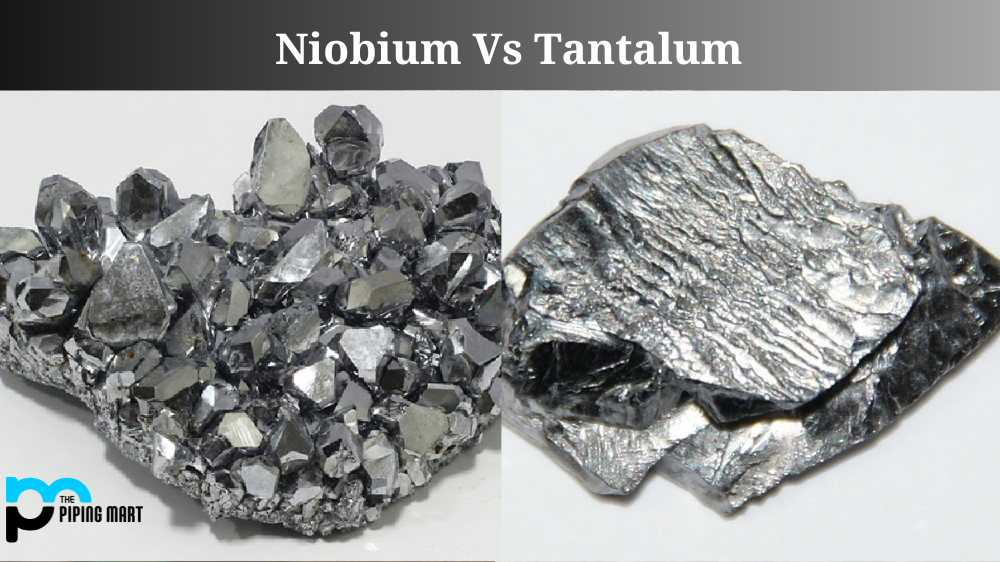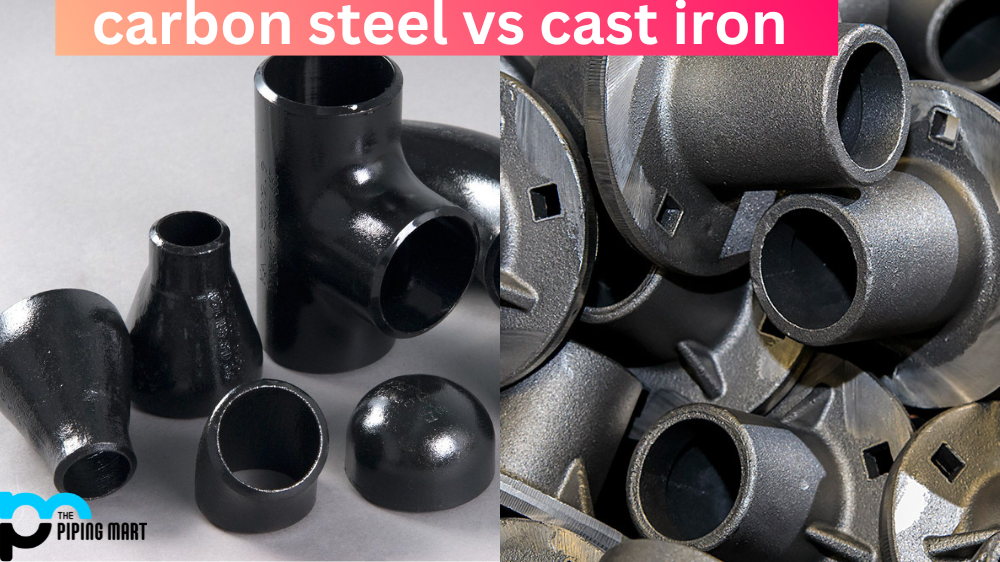Niobium and tantalum have a lot in common. Both are rare, hard metals with unique properties that make them valuable for various industrial applications. However, some key differences between these two elements are important to understand. Let’s dive into why niobium and tantalum are so similar yet simultaneously different.
What is Niobium?
Niobium is a chemical element with the symbol Nb and atomic number 41. It is a soft, grey, ductile transition metal, often found in the minerals pyrochlore and columbite. Niobium has similar properties to tantalum, and the two are therefore difficult to distinguish.
Niobium has a melting point of 2,468 °C (4,474 °F), making it one of the refractory metals. It has a density of 8.57 g/cm3 (0.310 lb/cu in). Niobium is ductile and can be drawn into wires or used to make various alloys.
What is Tantalum?
Tantalum is a chemical element with the symbol Ta and atomic number 73. It is a rare, hard, blue-grey, lustrous transition metal that is highly corrosion-resistant. Tantalum is found in minerals such as tantalite, columbite and tapiolite.
Tantalum has a melting point of 2,996 °C (5,463 °F), making it one of the refractory metals. It has a density of 16.69 g/cm3 (0.599 lb/cu in). Tantalum is also ductile, and can be drawn into wires or used to make various alloys.
Difference Between Niobium and tantalum
Chemical Properties
Niobium and tantalum share many chemical properties. They both have similar atomic numbers (41 for niobium and 73 for tantalum), similar melting points (2,468°F/1,358°C for niobium and 4,954°F/2,723°C for tantalum), and similar densities (8.57 g/cm3 for niobium and 16.6 g/cm3 for tantalum). They resist corrosion from most acids, though they can be damaged by hydrofluoric acid or hot sulfuric acid. One difference is that niobium is more reactive to oxygen than tantalum; hence it must be kept in an inert atmosphere when heated above 800°F/425°C.
Physical Properties
Niobium’s physical properties make it ideal for various applications, including medical implants, aerospace components, jewelry-making, superconductors, and nuclear reactor components. It has a high strength-to-weight ratio, making it a great choice for aircraft components and medical implants because it can be formed into thin sheets without compromising its structural integrity. Niobium also has an excellent thermal conductivity which is why it is often used in superconductors and nuclear reactors where heat transfer needs to be minimized.
Tantalum also has excellent physical properties making it perfect for medical implants due to its biocompatibility and ability to tolerate extreme temperatures – up to 495 degrees Fahrenheit! It also has meager electrical resistance, which makes it suitable for electronic components like capacitors or resistors where current flow needs to be regulated precisely. Finally, tantalum’s strength-to-weight ratio makes it ideal for aerospace applications since lighter-weight components increase fuel efficiency while maintaining structural integrity.
Conclusion:
Both niobium and tantalum offer unique benefits depending on their application needs; however, there are some important distinctions between the two metals worth noting if you’re considering using one over the other in your projects or products. While they share many chemical properties, such as corrosion resistance, their physical properties have different strengths that should be considered when deciding which metal best suits your particular needs. By understanding the differences between these two rare metals—niobium versus tantalum—you can determine which metal will best suit your application’s requirements.
Meet Heer, a dynamic and driven writer learning tricks of her trade in the metal industry. With a background in Digital Marketing, Heer brings a unique perspective to her writing, sharing valuable insights. Apart from blogging she like reading and hiking.




